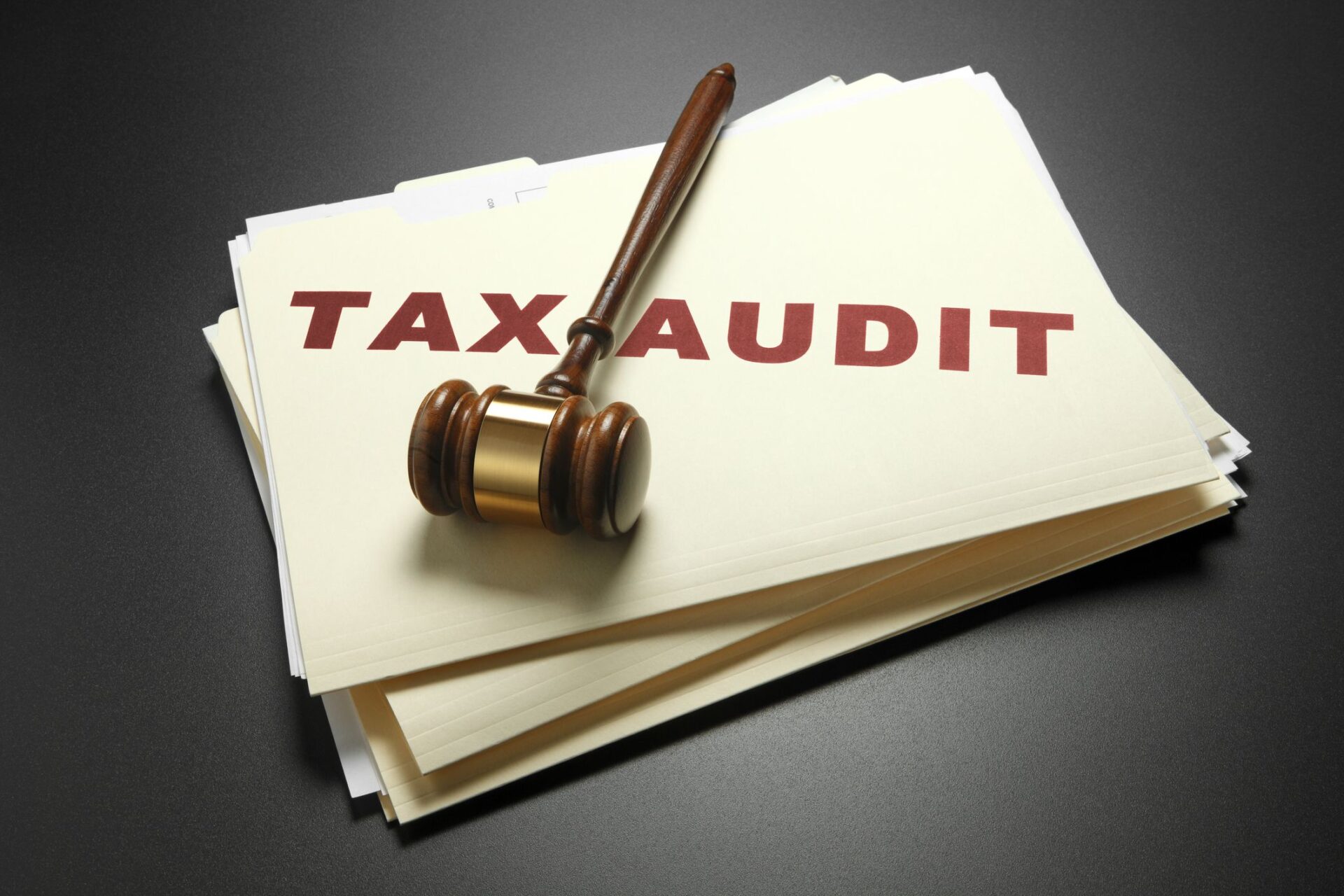
100+ Years of Combined Tax Resolution Experience.
100+ Years of Combined Tax Resolution Experience.
For the next few weeks, we’re running a “Slice of Life” series where we address real-life problems our clients bring us after they’ve filed their taxes (or not). You can read Part 1 – Slice of Life: I’ve Been Scammed!, Part 2 – Slice of Life: I Hate Filing Quarterly, Part 3 – Slice of Life: I’m Running Scared and Part 4 – Slice of Life: I’m Confused of the series.
SLICE OF LIFE #5: A client calls us and says, “If I hire your office, can I get out of a bank or wage levy?”
Well, that depends.
When the IRS levies your bank account or wages, it literally seizes your assets and applies them towards your tax debt. The IRS won’t do this without warning. You’ll receive several notices in writing, followed by a 21-day grace period. If you haven’t taken steps to pay your debt or get the levy released by that point, there’s very little that anyone can do.
This is why you should call us as soon as you receive the first letter. The more time we have, the more we can help.
How Does A Levy Work?
A levy is typically the second, more serious collections step the IRS will take (after a lien) if you’ve been unresponsive in setting up a payment plan for back taxes. To learn more about the difference between a levy and a lien, you can check out our earlier post here.
The IRS can levy any of your assets that are currently in someone else’s possession – bank or retirement accounts, joint accounts with family members, investments, or accounts receivable. (The 21-day holding period doesn’t apply to outstanding invoices, by the way – the client is required to send the money to the IRS right away.) If your SSN is attached to the account, it’s fair game for a levy.
Here’s the timeline for a levy:
- You get Letter #1: a “Notice and Demand for Payment” that includes the debt amount and a deadline. (This is the point where you call us.)
- If you don’t do anything by the deadline in that letter, you receive Letter #2: a “Final Notice of Intent to Levy” that gives you a hard deadline of 30 days to pay the debt. (This is the point where you REALLY should call us.)
- If the 30-day deadline passes and you still haven’t done anything, the IRS issues a levy to your bank.
- The bank is required to hold your money for a grace period of 21 days, giving you a final, last chance to make payment arrangements, or prove that the levy would place you in financial hardship. (This is your last chance to call us – and if we don’t hear from you till then, we really have to work fast.)
- When the 21 days is up, the bank releases your money to the IRS. At that point, there’s really nothing anyone can do.
Again, the more time we have, the more we can do to get the levy released! We can work to set up a payment plan, to make an Offer in Compromise, or to get the debt moved to Currently Not Collectible status. As long as you are actively working with the IRS to resolve the debt, that’s all they want, really.
Don’t panic! But don’t delay, either. If you have levy problems, give us a call at 844-841-9857, or schedule a free consultation here.
Additional Readings

We’re in an era in which more small businesses are launching like wildfire. Many people find starting a small business of their own as easy as a piece of cake. However, most of the time, what they fail to prioritize are some of the major players involved in smoothly operating their small business. A...

Do you know why most married taxpayers go for filing joint tax returns? It’s actually because of the benefits that it offers. But with joint tax returns, both the filers hold the responsibility for the tax bill or any penalties and interest that arise from it. Both are legally responsible for the entire liability, even...

What if you owe so much in taxes that you can’t see your way out of it? If you owe back taxes, you might not think there is a way you can ever pay things off. And the more those back taxes have accumulated, the deeper the hole. But that doesn’t mean you can’t dig...

Tax Audits are one of the most terrifying things a taxpayer can endure. Most taxpayers don’t know what being audited by the IRS entails and usually don’t know what to do if they are audited. IRS audits can be confusing to most taxpayers as most don’t know what the IRS is looking for when they...

Receiving a letter from the IRS can be intimidating, especially if you’re unsure what the notice is for or what to do next. Fortunately, many notices are nothing to worry about and are purely informative. Below, we look at everything you need to do — and what not to do — after getting a notice from the...

The Internal Revenue Service (IRS) is increasing audits on cannabis businesses — the agency is on a mission to ensure that cannabis businesses adhere to the tax code. Unfortunately, cannabis companies must comply with more strict tax laws than other businesses and can claim fewer deductions. Most business owners don’t realize this or aren’t able to meet the reporting responsibilities on their own. If you own a business in...
